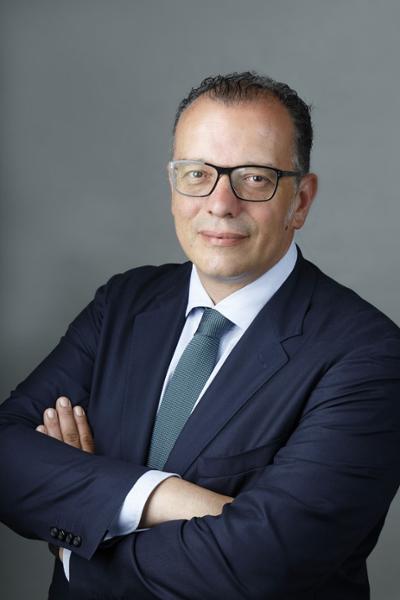

Miguel Romón Mena (Aspa): "There's a pressing need to tackle the shortage of experts.”
The head of the Aspa Federation of External Prevention Services, Miguel Romón Mena, states that occupational hazard prevention urgently needs to address a major issue: the shortage of professionals with specialisation in occupational medicine and nursing. In his opinion, there's a pressing need to examine and act on this shortfall without delay.
Romón Mena explains: "If there's already a deficit of over 3,000 doctors today, it will only get worse and become unmanageable within a decade. Research suggests that if it keeps up like this, there will be a shortage of over 5,000 doctors by 2032. This shortage of workers prevents companies and public administrations from effectively carrying out their healthcare-related prevention services, alongside external prevention services and mutual insurance companies. As a result, complying with the RD 843/2011 requirements becomes a difficult task.”
The Aspa-Anepa Federation believes that while searching for short-term solutions is essential, our focus must also be on finding the means to incorporate new specialists in the long term. This will cover any retirements in a speciality where 6 out of 10 doctors will retire in the next decade.
Furthermore, this circumstance might go against the Spanish Constitution 1978 and the rights outlined in Article 40.2 (public authorities must “ensure workplace safety and hygiene") and Article 43 (“It is incumbent upon the public authorities to organise and safeguard public health by means of preventive measures and the necessary benefits and services”). Legislation will define the rights and obligations of all in this regard. The government and public authorities must promote health education, physical education and sport. They will also help people make good use of their free time.
Occupational Health
Occupational safety ought not to be considered only as avoiding accidents, as the President of the Aspa Federation of External Prevention Services has stated. "It involves taking care of the wellbeing of employees. A shortage of health workers causes inadequate health monitoring, leading to workers taking sick leave, accidents, and economic loss to both the state and companies.”
A report from the Society of Occupational Medicine suggests that if the National Health Service were to use the Occupational Risk Prevention Services, the government would save €8 billion annually. However, this can only be achieved by valuing the work of occupational health professionals and specialists. The current deficit is a hindrance. Improving the health of the workforce benefits the economy and reduces the cost of temporary disability, reduces after-effects, and eases the burden on care and emergency services. The health system can respond better, and medication can be used effectively with appropriate doses.
Health and Safety Strategy
Romón notes that the examination of this matter was supported by our establishment of a task force for this objective, as part of the Spanish Work Health and Safety Strategy (2023-2027). He adds that it's crucial to address this problem. "This proposal would enhance the national health and safety system. However, to achieve this, actions must be taken to boost the number of qualified professionals, especially those in the health sector, who possess the necessary skills to work in occupational risk prevention. To provide some context, Spain currently only offers 107 medical resident positions per year.”
This requires a discussion among all those involved to come up with a new place that appeals to professionals. “Promoting initiatives that extend beyond medical evaluations, such as wellness promotion or addressing psychosocial aspects. Additionally, it is essential to review health monitoring departments, to integrate multidisciplinary teams of health experts, under the guidance of an occupational medicine specialist.”
In conclusion, he asserts the urgency of examining the health surveillance and occupational medicine model from various perspectives to ensure adequate control and monitoring of workers' health under quality parameters and in conditions of structural sufficiency.





